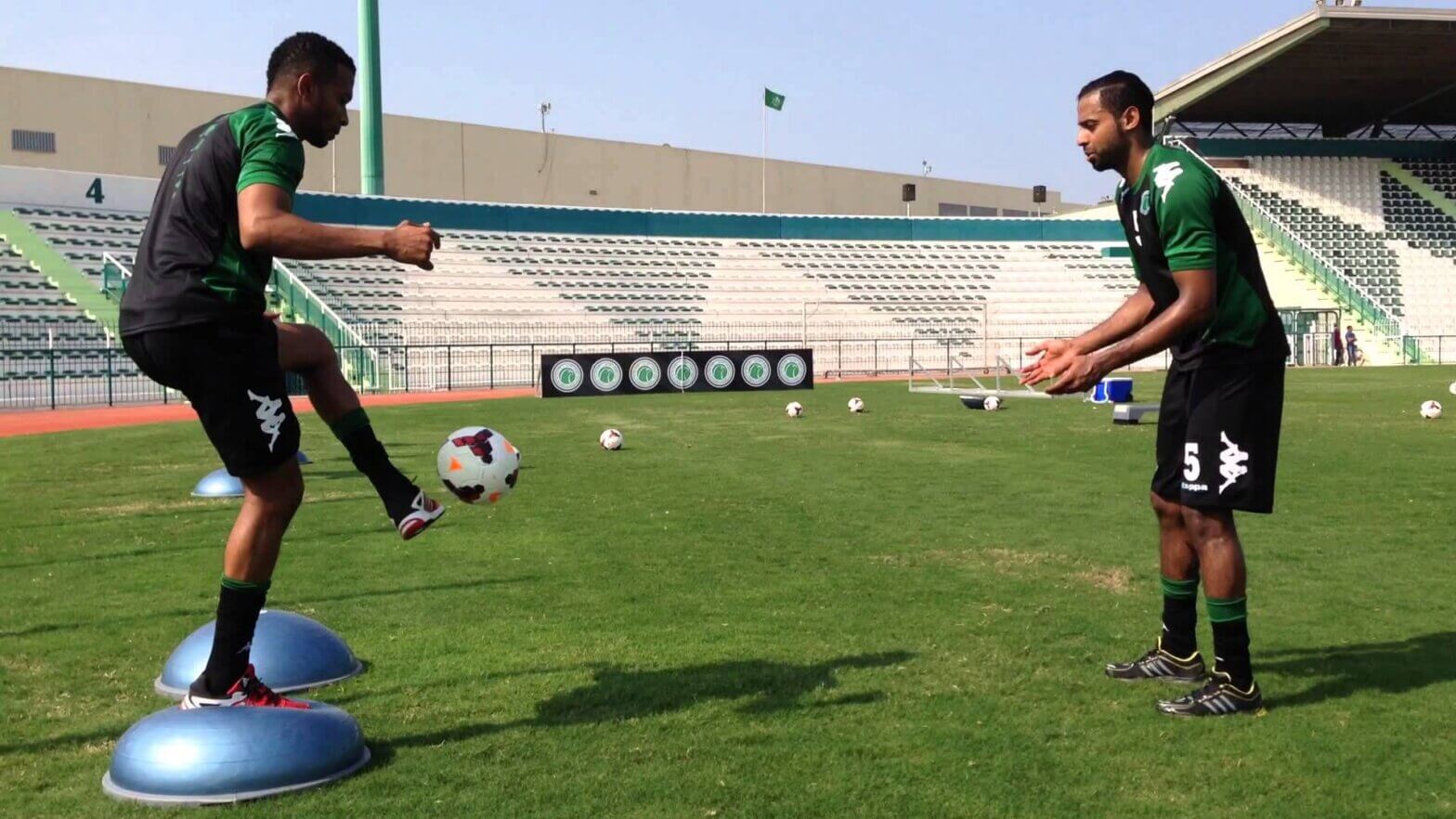Have you ever noticed that one or both of your shoulder blades stick out away from your back, almost giving the appearance of wings? Although it may seem relatively harmless, this condition, known as scapular winging, is abnormal. The “wing” that you see is your shoulder blade which has pulled away from where it is supposed to rest flat against the ribcage. If left untreated, it can result in chronic pain, mobility limitations, and postural impairments. Learn more about scapular winging, why it is a problem, and how to correct it by reading below!
Anatomy
The shoulder blade or “scapula” is a bone that lies on the back of the ribcage, connecting the upper extremity to the trunk. It forms two joints: the glenohumeral joint with the humerus (upper arm bone) and the acromioclavicular joint with the clavicle (collar bone). It is equipped with multiple bony processes that serve as attachment sites for muscles and ligaments which allow it to contribute to the movement of the upper extremity/shoulder girdle. The major muscles associated with the scapula and the scapular movements that they create are:
- Trapezius
- Upper: elevation and upward rotation
- Middle: upward rotation and retraction
- Lower: depression
- Levator Scapulae: Elevation
- Rhomboids (major and minor): Downward rotation and retraction
- Serratus Anterior: Upward rotation and protraction
When one of these primary muscles is weak or paralyzed, the scapula has decreased stability. In the case of scapular winging, the muscles are unable to keep the border of the scapula attached to the rib cage, causing it to stick out of the back which can give a “winged” appearance. This usually occurs on the medial border (closest to the spine) as a result of serratus anterior weakness or injury, or injury to the long thoracic nerve which supplies the muscle.
Why Does Scapular Winging Matter?
Scapular winging is often overlooked because for many people it is not painful. However, not only can the condition cause pain, but the change in the position of the scapula can cause a dysfunction in the normal movement of the upper extremity. In addition to pain, a person with scapular winging may experience decreased strength, limited range of motion (especially overhead and out to the side), poor posture, and muscle fatigue. These impairments can limit someone’s ability to participate in everyday activities such as carrying heavy objects like groceries, lifting something as small as a toothbrush, pushing or pulling, and reaching overhead.
How Can I Fix It?
Luckily, scapular winging can usually be corrected without the need for surgery using a targeted exercise program. A physical therapist is a trained professional who can develop a treatment plan tailored to your specific needs and goals. Physical therapy for a winged scapula may include:
- Strengthening of the muscles that help to stabilize the scapula and the shoulder (especially the serratus anterior)
- Stretching tight muscles of the chest, shoulder, and/or neck that may be related to your condition
- Passive motion and mobilizations to improve joint motion of the shoulder blade and the shoulder girdle as a whole
- Training to correct posture in seated and standing positions
- Administration of various treatments to reduce pain such as electrical stimulation, ice, and heat
If you are looking to correct your scapular winging or another impairment of the shoulder girdle, call Respire Physical Therapy at (703) 671-1871 or click here to schedule a one-on-one evaluation and begin restoring your motion and strength today!
Tags: scapular winging, physical therapist, trapezius pain, posture control, choosept, arlingtonva, alexandriava, springfieldva, fallschurchva, ptworks, Physical Therapy, fairfaxva, Respire Physical Therapy, annandaleva, Shoulder Pain



